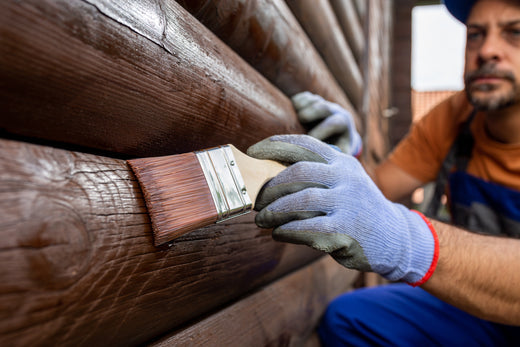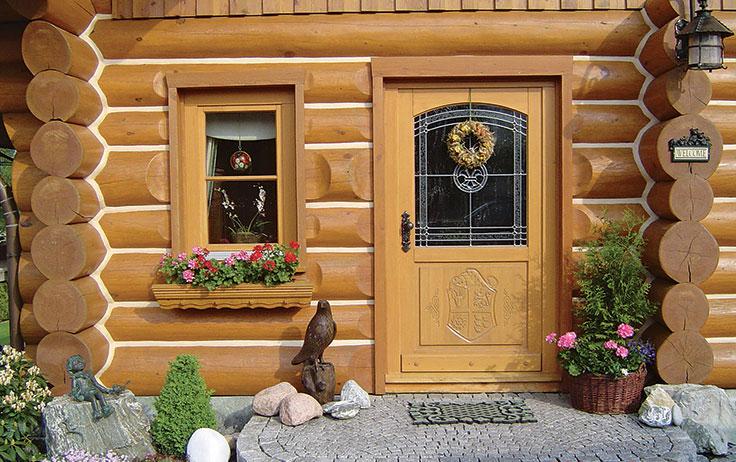Design & Construction

Lighting Ideas to Enhance the Beauty of Your Log Home
When designing and decorating your log home, lighting plays a crucial role in bringing warmth, elegance, and functionality to the space. The rustic charm of log homes naturally calls for lighting s...
Read more
Chinking vs Caulking - What's The Difference?
When it comes to maintaining the beauty and efficiency of your log home, proper sealing is crucial. Many homeowners often confuse chinking and caulking, thinking they're the same thing. While both ...
Read moreLog homes have a rich history that spans centuries, starting from humble beginnings as pioneer cabins to their current status as modern luxury retreats. These iconic structures have stood the test ...
Read more
Looking For The Best Log Home Stain
With the rising popularity of log homes for their rustic charm and natural aesthetics, it's crucial to know how to maintain and protect their beauty. A key aspect of log home maintenance is selecti...
Read moreIf you’re reading this, there is a good chance that you’re looking into buying a log home. Maybe, you already own one and are looking for some refreshment? No matter if you’re prospecting buyer or ...
Read more
Log Home Exterior Wood Finishes
Since 1991, Timeless Wood Care Products has offered the highest quality log home stain products to its customers. Our products go through rigorous testing and evaluation to assure you of a quality ...
Read moreThe Anatomy of A Tree — And Why It Matters for Log Homeowners
People in the log home construction industry often throw around terms like hardwood and softwood, but there isn't much information out there that really breaks down the differences and educates peo...
Read moreTips on Designing Your Next Log Home
If you've decided you want to build a log home, congratulations! Whether it's a summer cabin on the lake or a year-round residence in the mountains, you can't go wrong with a log home. They're well...
Read moreLog Home Building 101: Guide to Log Home Styles
When you're first building a log home, it can be tough to choose what type of log home style you're going to build. Besides the fact that there are multiple types of wood to consider, you also need...
Read moreWhat are log home kits, and are they the right choice?
When researching your dream log home, it's important to know the pros and cons. Log cabin kits come with everything to build a watertight log home, but do know that you're going to get what you pay...
Read more